The Huawei Mate 8 Review
by Andrei Frumusanu on January 5, 2016 1:00 PM EST- Posted in
- Mobile
- Smartphones
- Huawei
- Cortex A72
- Kirin 950
- Mate 8
- CES 2016
Camera Still Picture Performance
The Mate 8 is equipped with a new camera module sporting a new sensor from Sony. The IMX298 is a 1/2.8” sensor with a 1.12µm pixel pitch offering resolutions of up to 16MP in 4:3 format. This marks a departure from the RGBW design that Huawei had adopted last year with the IMX258 in the P8 and Mate S. While the RGBW sensor definitely was able to demonstrate advantages in low-light photography it lacked detail compared to traditional Bayer RGBG sensors in well-lit scenarios.
| Camera Setup | ||||
| Main (Rear) | Front | |||
| Sensor | Sony IMX 298 1/2.8" 1.12µm pixel pitch |
Sony IMX179 1/3.2" 1.4µm pixel pitch |
||
| Resolution | 4608 × 3456 16MP 4:3 |
3264 × 2448 8MP 4:3 |
||
| Optics | F/2.0 aperture 27mm eq. focal length |
F/2.4 aperture 26mm eq. focal length |
||
| Stabilization | 3-axis 1.5° OIS | - | ||
For the first time we see Huawei push the sensor’s resolution up to 16MP which should theoretically allow the new module to resolve more detail compared to last year’s models as well as the Mate 7. Huawei continues to maintain a F/2.0 lens aperture with a 35mm equivalent focal length of up to 27mm, enabling a wide field-of-view.
Early software issues: A case of severe near-sightedness
When I received my Mate 8 review unit I was curious to test out Huawei’s promised improvements in camera quality, but I what I was met with were some very concerning samples that were worse than what a cheap budget smartphone could produce.
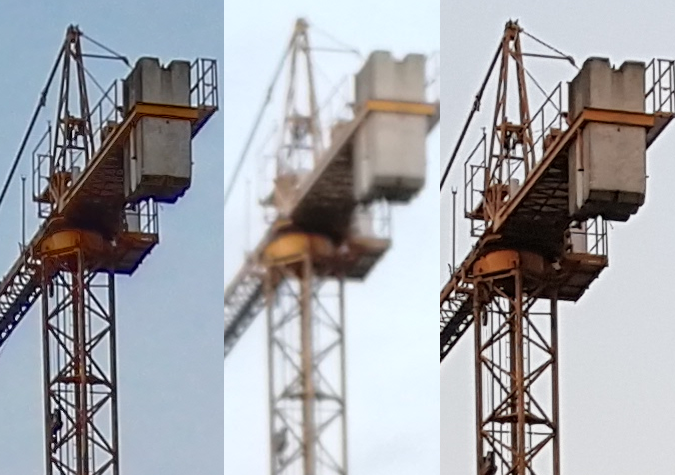
Mate S - Mate 8 B116 - Galaxy S6
The phone consistently was producing extremely blurred pictures that were far inferior to any other smartphone. At first I didn’t know what was causing this as the Mate 8 introduces both a new sensor, module as well as ISP in the Kirin 950.


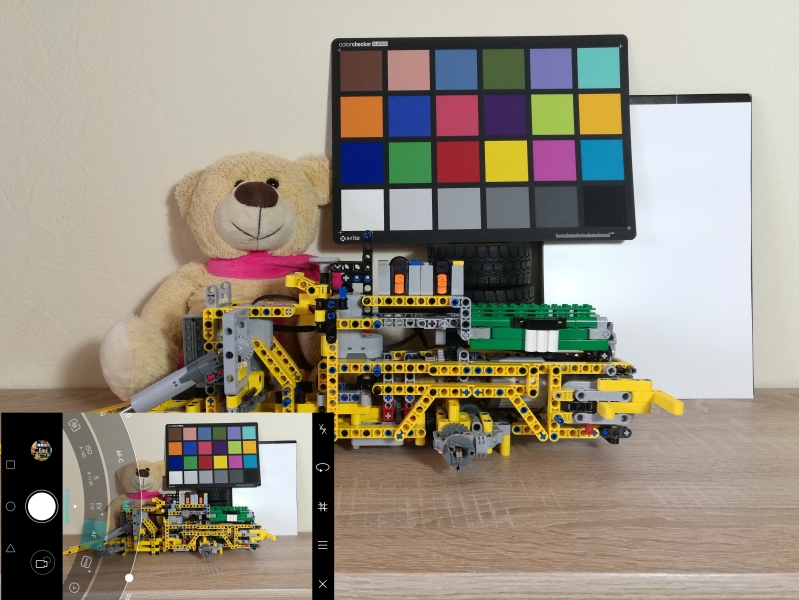
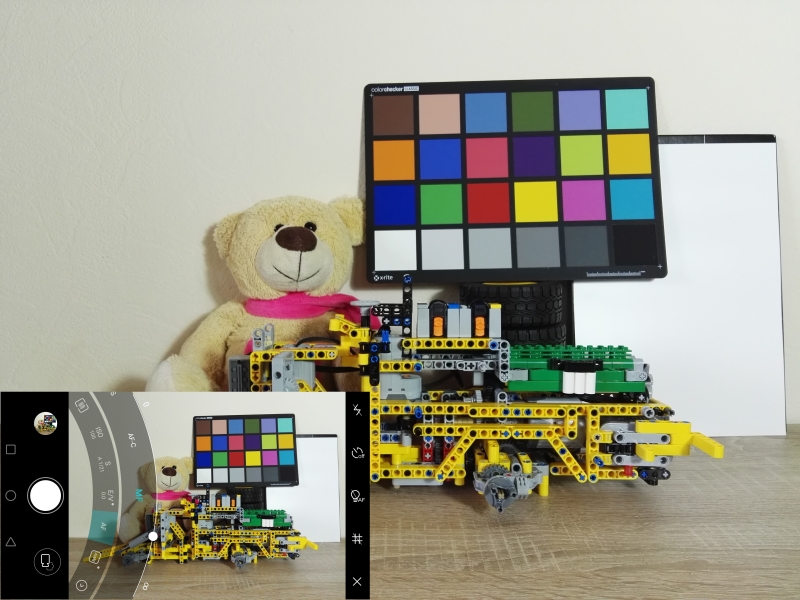

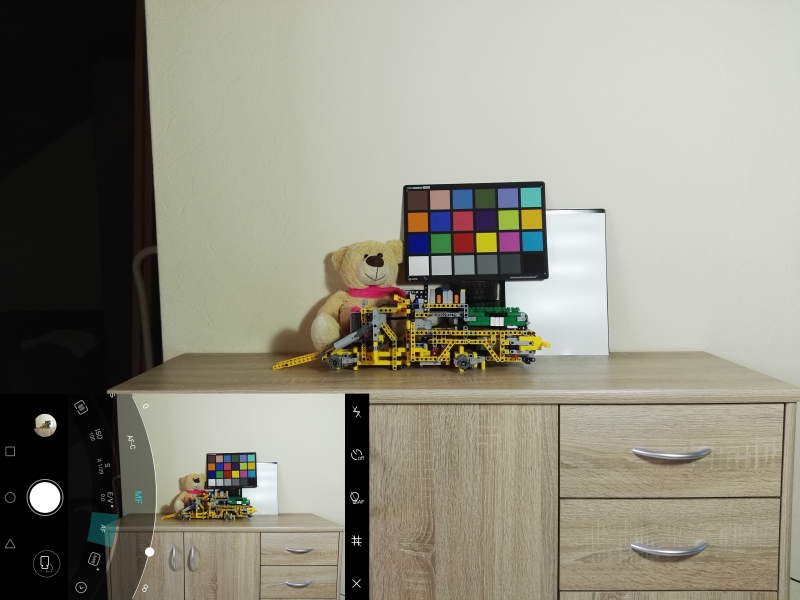
Mate 8 vs Mate S
After further testing and investigation it seems that the focus mechanism of the camera is malfunctioning. A good way to demonstrate this is to launch the camera in the phone’s “Professional” manual mode and to open up the manual focus slider UI. While focusing on objects via manual selection on the screen, one can see the focus slider adjust between its minimal and maximal focal length.
The issue seems to be that the Mate 8 in its early software isn’t able to focus correctly on objects further away than ~75cm-1m away and tries to focus to infinity in basically any shot that is not a close-up frame of an object.
Reaching out to Huawei they confirmed that this is currently a software issue and that we’ll be seeing an update pushed out in the “near future”. Unfortunately this means that I wasn’t able to complete a proper camera evaluation of the Mate 8 as basically all pictures suffer from severe blurriness and chromatic aberrations due to the out-of-focus lens.
We’ll be updating the article with a revisited camera evaluation and comparison tests against competing devices once Huawei pushes out the firmware update to resolve the focus issue.
Day-Time Photography
As such, the following samples aren’t representative of the end product but at least we’ll be able to get an idea of Huawei’s processing and exposure handling in the Mate 8.
Ignoring the lack of detailed due to the focus issue, the Mate 8’s daylight camera samples seemed to lack vibrancy, colour saturation and contrast. This was mostly caused by the HDR mode that tended to cause shots to become washed out as the SDR shots were better in terms of colour reproduction in bright light. The issue with the SDR shots however were that they consistently weren’t exposed enough.
Night-Time Photography
In night-time shots the Mate 8 fared much better and seems to offer good exposure and colour reproduction with low noise levels. Unfortunately again because of the focus issue it’s hard to give a more detailed evaluation as we continue to see blurred out photography.
Overall it’s just impossible to rate the Mate 8’s camera so we’ll have to delay the full verdict to more in-depth follow-up once Huawei updates the device’s firmware.









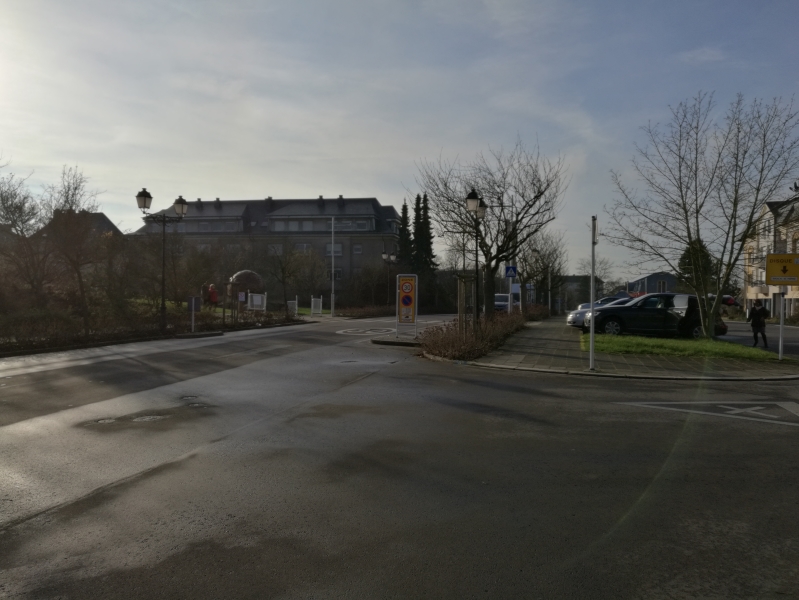












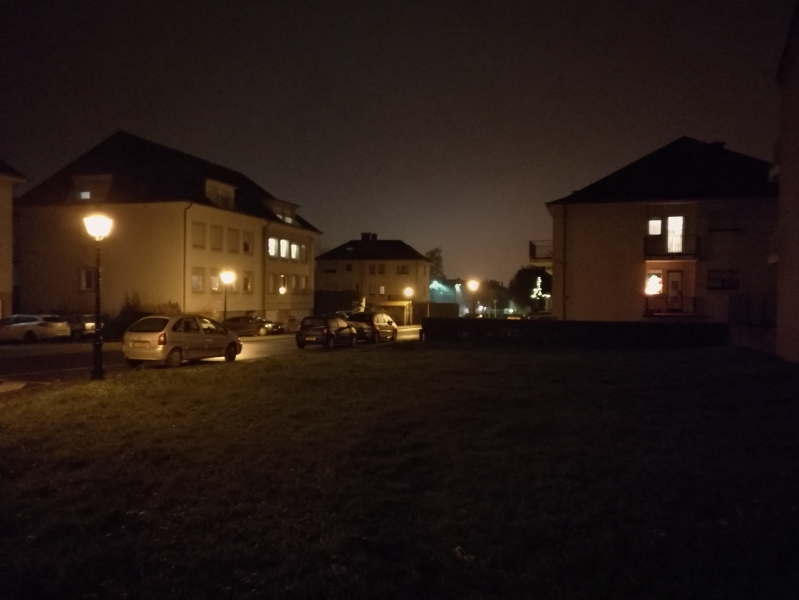















116 Comments
View All Comments
Ethos Evoss - Wednesday, January 6, 2016 - link
Problem with ipones is that prices DOESN'T go down quickly.. For this Mate 8 it will soon be cheaper .. Mate 7 released in october or november 2014 and in december I bought it just for £300 on ebaySo it will be the same with mate 8 but forget iphone 6s to be cheap man..
s.yu - Saturday, January 16, 2016 - link
Haha they say the same about Huawei in China, except they meant it the other way around, "prices go down so slow so Huawei must be good~ look at that crappy Samsung that drops 1/3 of its price in a few months~"jasonelmore - Wednesday, January 13, 2016 - link
it is quite a bit cheaper, your $700 figure is for a 128GB model, and a 128GB 6S Plus is a Grand dude. Look at the lower storage models, they are still cheaper than a iphone by 25% (even beats your toyota/hyundai comparison)MaxIT - Monday, February 15, 2016 - link
I mostly agree about your pricing point, a Huawei can't be so pricey , but your cars analogy is very poor: Hyundai and especially Toyota / Lexus (Japanese cars !) are making very good cars, even better than American's...jjj - Tuesday, January 5, 2016 - link
Mentioned this before, the SoCs memory score in Geekbench is all over the place, you haven't noticed anything off there?Other than that the SoC does ok , a bit of a pity that they don't use better NAND and WIFI since it would make a rather big difference in actual usage. Power is not ideal since it does throttle and you could have pushed further and load all 8 cores. The product should work at advertised speeds , anything less should be clearly disclosed to the consumer but considering how bad things are elsewhere , this is great.
The phone is a bit pricey, the screen is just 1080p and not quite ok colors. Too bad since it's one of the most compact designs and almost nobody is doing that now, except maybe LeTV.
Any clue on die size? Hope we see the SoC in better offerings, assuming it's not too big (and costly).
lilmoe - Tuesday, January 5, 2016 - link
"the screen is just 1080p"shhhhh, just shhhhhhhh
jjj - Wednesday, January 6, 2016 - link
I wouldn't complain about that if it was 200$ but it's not. There is a reason 1080p screens are in 120$ phones (even rather good displays like the one in the Meizu m2 Note). And it is 6 inch so you get about 367ppi vs 577 ppi in something like the S7.lilmoe - Wednesday, January 6, 2016 - link
You also get amazing battery life.....You believe that they need to add a "premium" screen to justify the asking price, when the "cheaper" parts are in fact better for the experience. I'd rather have them spend the savings on other components, like better flash, audio amplifiers with a better DAC, and a general better internal layout of components for easier repairability.
If all parts are optimum and they still save a good buck on their BoM, then good for them.
s.yu - Saturday, January 16, 2016 - link
They're selling them to presbyopic middle-aged men on the verge of retirement who only need the phones to make calls, they can't see so clearly close-up in the first place so they need huge screens and not a lot of DPI. Don't count on a better DAC, it doesn't fit their positioning, especially in China, their main market.lucam - Tuesday, January 5, 2016 - link
..and what about the iPad Pro?